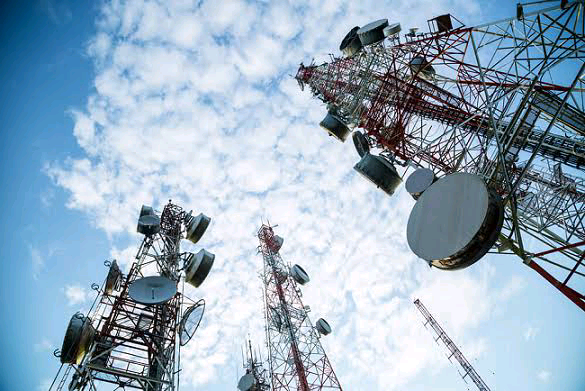
The cost implications of deploying and maintaining infrastructure in rural areas across Nigeria and other Sub-Saharan African countries is not profitable, Ericsson has disclosed in its latest mobility report.
It stated that although a substantial segment of the Sub-Saharan African population resides in these areas; telecommunication firms were not properly incentivised to go there considering the low potential revenue they would get.
It said, “This demographic and economic landscape poses a significant challenge to the establishment of profitable macro sites for telecommunication networks, where the ARPU is low.
“The cost implications of deploying and maintaining infrastructure in these areas often outweigh the potential revenue generation, presenting a formidable financial obstacle to delivering widespread coverage.”
The network enabler noted that telcos would need to be innovative in terms of providing connectivity to those areas.
It stated, “Providing connectivity to rural Africa to enhance digital inclusion calls for innovative solutions and collaborative efforts. An example of this is a tailored radio and transmission solution that is optimised specifically for the needs of rural sites and can include 100 per cent solar and battery power for clean energy and reliability.”
While rural areas were still struggling with network connectivity, Ericsson highlighted that “Urban areas are increasingly reaching maximum capacity, given the site density and available spectrum, leading to service disruptions.
“To maintain and improve user experience, African service providers could either secure additional spectrum or further densify network coverage.”
Recently, Nigeria’s Minister of Communications, Innovation and Digital Economy, Bosun Tijani, stated that the country’s telecoms sector was not innovative enough in its attempt to reach rural areas.
He argued that telcos need to be unlocked. telecom services for more people by leveraging technology.
Also, the firm noted that the Sub-Saharan African region would remain the region with the highest growth in total mobile traffic, rising from 6.7GB to 23 GB.
It said, “This growth will be driven by the expansion of 4G network coverage across the continent and the increasing affordability of data and smartphones. Smartphone traffic is expected to be the primary contributor to total mobile traffic, with average data usage per smartphone reaching 23 GB by 2029.”














